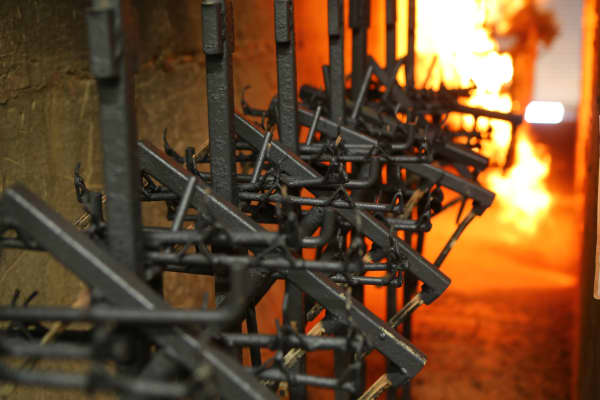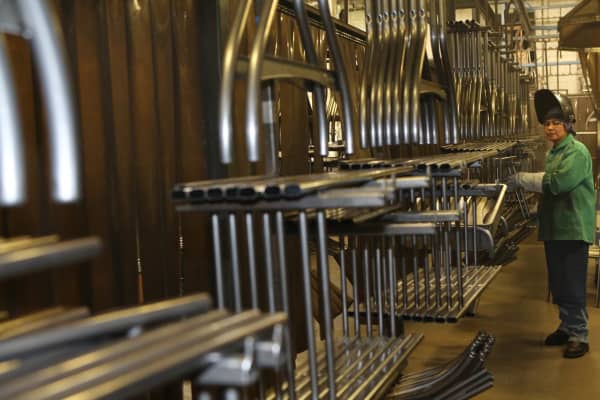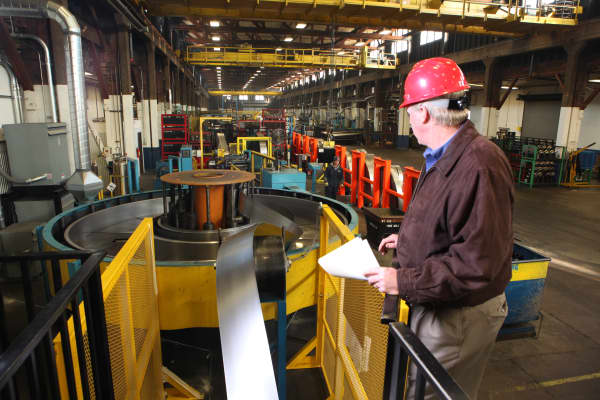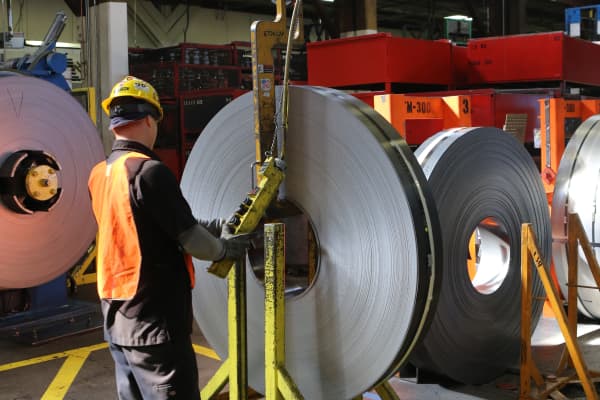When Walmart pledged in 2013 that it would spend an additional $250 billion over 10 years on products that support reshoring and the creation of American jobs, the race for U.S.-made merchandise was on.
The "Investing in American Jobs" initiative came as both exciting and challenging news to manufacturers who supply the retail giant.
"It's like detective work, finding the manufacturers and people capable of doing the work we need," noted Randall Davidson, vice president of supply chain at Gibson Overseas, makers of Pioneer Woman cooking and dining ware — a Walmart exclusive. "For example, we're using a tube supplier to make high-quality drinking straws for Walmart."
Davidson painstakingly sourced drinking jars in Pennsylvania, lids in West Virginia, straws in Missouri and printing and packing in Ohio. But as the items rolled out to stores, he began to see that the effort was worth the return — customers loved that they were able to support American jobs through their purchase.
"Through social media, we heard from fans that it was important to produce in the U.S.," Davidson says. "That's exactly the kind of feedback you want to get when you go through a process like this."
"According to data from our suppliers, items that are made, assembled, sourced, or grown here account for about two-thirds of what we spend to buy products at Walmart U.S.," says Cindi Marsiglio, vice president of U.S. Sourcing and Manufacturing at Walmart. "It's really rewarding to walk through a Walmart and see new products made in the U.S., made closer to our customers, and knowing jobs have been created as a result," she says.







